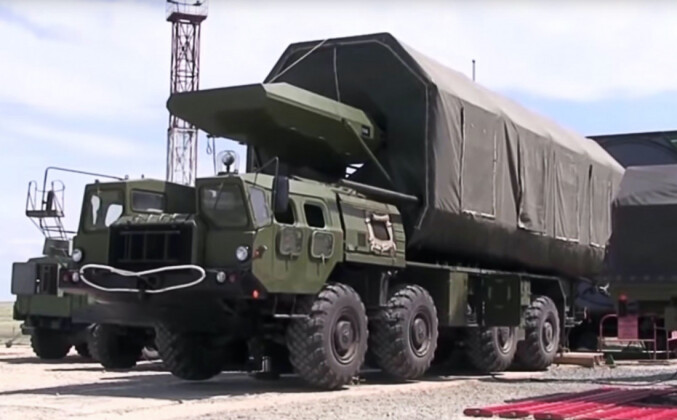China reportedly carried out its first successful test launch of an intercontinental range hypersonic glide vehicle in August, with the Financial Times reporting that the previously unknown test “caught the U.S. government by surprise” as the Pentagon refused to make any specific comment on the incident. Russia was previously the only country to field such assets after deploying Avangard hypersonic glide vehicles from December 2019. China was previously the only country to deploy shorter ranged tactical hypersonic glide vehicles with its DF-17 missile, although North Korea tested a missile reported to have similar capabilities, the Hwasong-8, in late September. The possibility of technology sharing between the three U.S. adversaries has been raised multiple times. Hypersonic glide vehicles rely on rocket boosters to gain high speeds and altitudes, which are much higher for intercontinental range platforms, before detaching and following an atmospheric flight trajectory with high manoeuvrability. This optimises such missiles for evading air defences with no known air defence system thought to be able to come close to neutralising such threats. While hypersonic cruise missiles fly at lower altitudes throughout their trajectories and have lower manoeuvrability, glide vehicles fly considerably higher. Their sheer speed, however, makes them very difficult to track for modern missile defence systems.

With China having a small fraction of the U.S.’ arsenal of nuclear warheads, the ability to deliver them to American population centres more reliably with more sophisticated delivery vehicles could go a long way towards compensating for the discrepancy in quantity. The Chinese glide vehicle was reportedly lifted into space by a Long March 2C rocket, although it remans to be seen what booster rocket could be paired with service models after the program passes the prototype stage. U.S. Air Force Secretary Frank Kendall warned in September that China was developing a first-strike nuclear capability potentially including the ability to conduct “global strikes.. from space,” stressing that the U.S. needed to accelerate its own efforts to keep pace with Chinese advances. “If they continue down the path that they seem to be on—to substantially increase their ICBM force – they will have a de facto first-strike capability,” Kendall reported. In a possible allusion to the test of hypersonic strategic glide vehicles. Kendall suggested that China could be developing something resembling the Soviet “Fractional Orbital Bombardment System,” meaning missiles would have a much longer range and be able to descend from space from unexpected angles and directions to further complicate matters for enemy air defences. “If you use that kind of an approach, you don’t have to use a traditional ICBM trajectory. It’s a way to avoid defences and missile warning systems,” Kendall warned.
